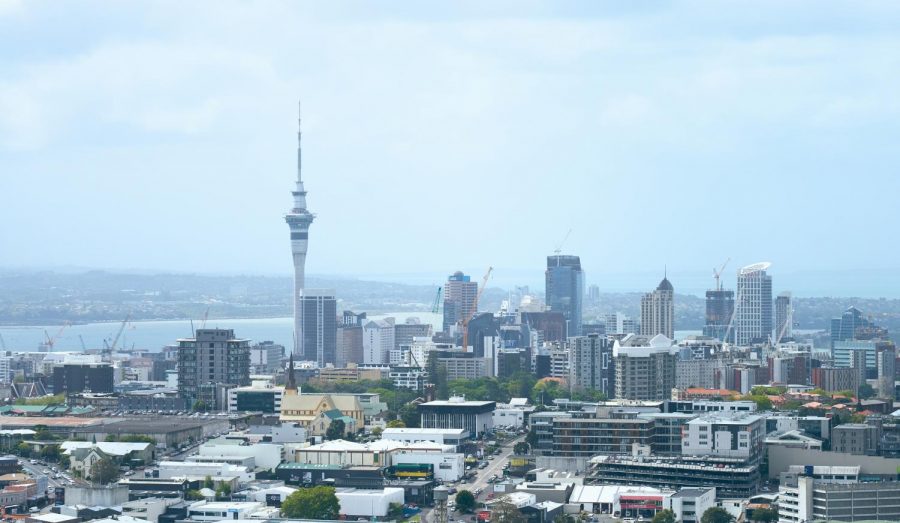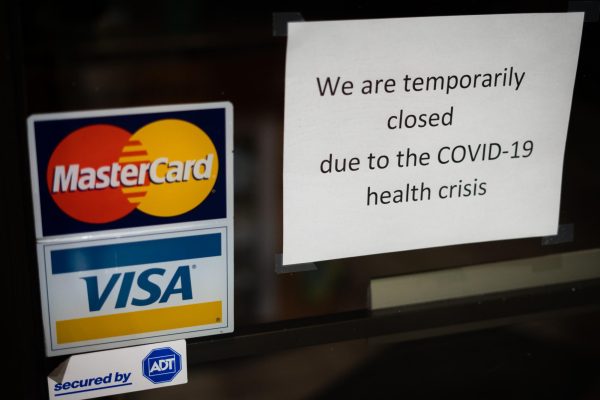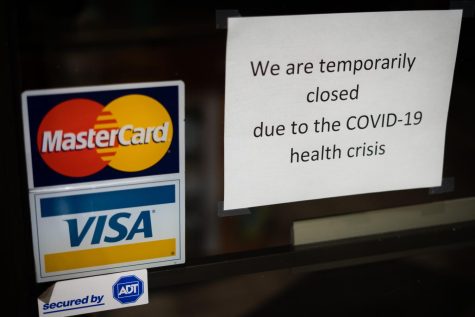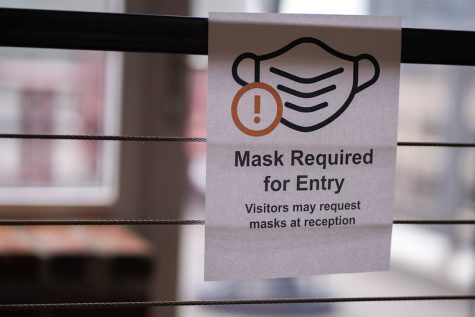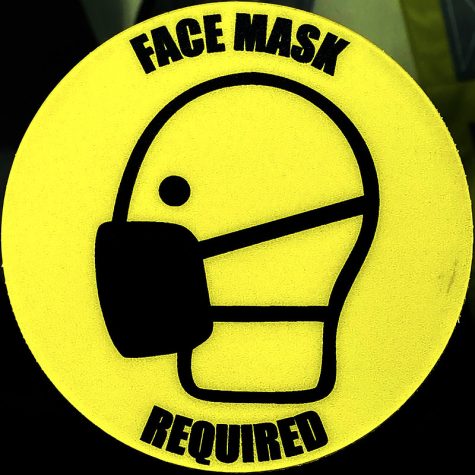New Zealand’s ‘elimination strategy’ against COVID-19, a working model for other countries, including the U.S.
April 13, 2020
The United States now has the highest number of known cases of COVID-19 in the world, surpassing China and Italy with more than 525,704 cases and 20,486 total deaths, according to the CDC.
Case fatalities also continue to soar in Italy, Spain, France, Germany, and other countries.
Even though cases are surging in other spots around the globe, there are a number of nations which have reported relatively few confirmed cases of COVID-19, one of which is New Zealand.
The small country of nearly 4.8 million people was able to maintain low case counts of COVID-19 within their boundaries, keeping deaths particularly low.
As of April 12, according to the New Zealand Ministry of Health, the number of confirmed cases within the country was 1,049 cases, with 471 recoveries and 4 deaths.
Being an island far from most other countries, with fewer flights than many other places, may contribute to such number.
But New Zealand authorities credit their elimination strategy as the key to these results.
According to the The New Zealand Medical Journal, the elimination strategy for COVID-19 covers several essential elements, including:
1. Border controls with high-quality quarantine of incoming travelers.
2. Rapid case detection identified by widespread testing, followed by rapid case isolation, with swift contact tracing and quarantine for contacts.
3. Intensive hygiene promotion (cough etiquette and hand washing) and provision of hand hygiene facilities in public settings.
4. Intensive physical distancing, currently implemented as a lockdown (level 4 alert) that includes school and workplace closure, movement and travel restrictions, and stringent measures to reduce contact in public spaces, with potential to relax these measures if elimination is working.
5. A well-coordinated and consistent communication strategy to inform the public about control measures and about what to do if they become unwell, and to reinforce important health promotion messages.
The government started to implement a strict lockdown beginning on March 25.
Within two weeks, the daily number of new COVID-19 cases dropped in two consecutive days.
In addition to this, the country has also introduced strict physical distancing measures, enforced by police.
The government also enacted travel bans into New Zealand until the virus outbreak ends.
Many have suggested that President Trump should have followed—or should immediately implement this strategy to reduce the number of infections from COVID-19 in the U.S.


